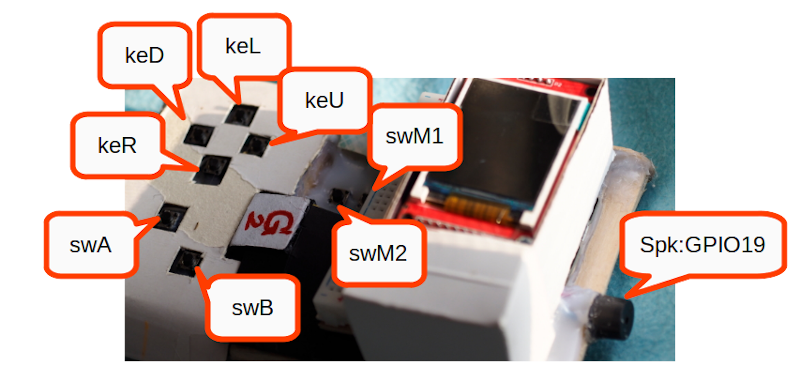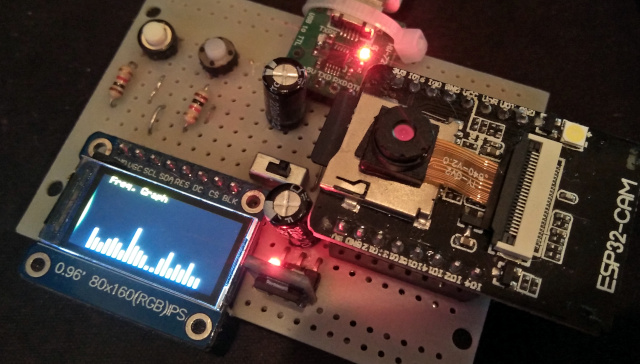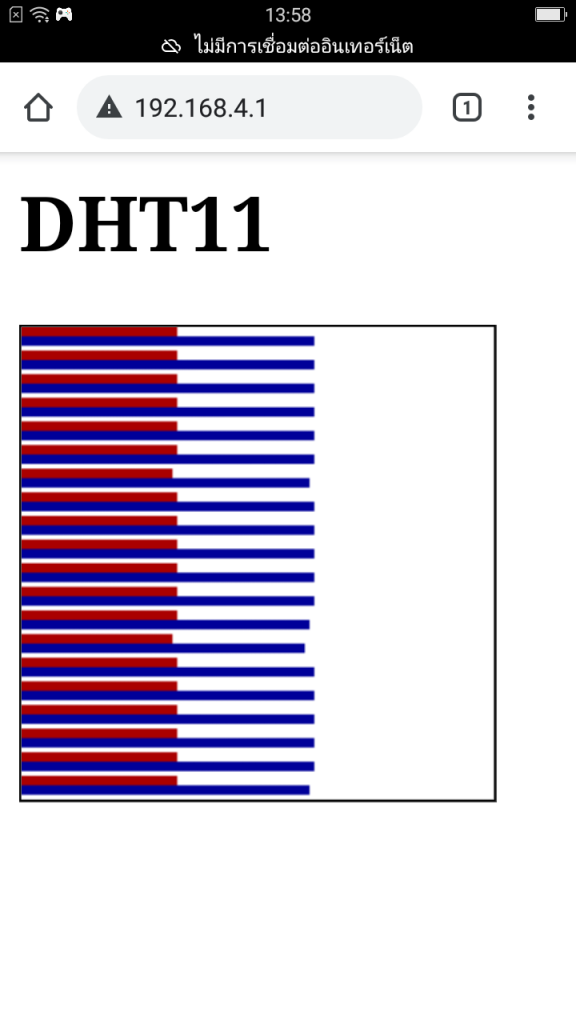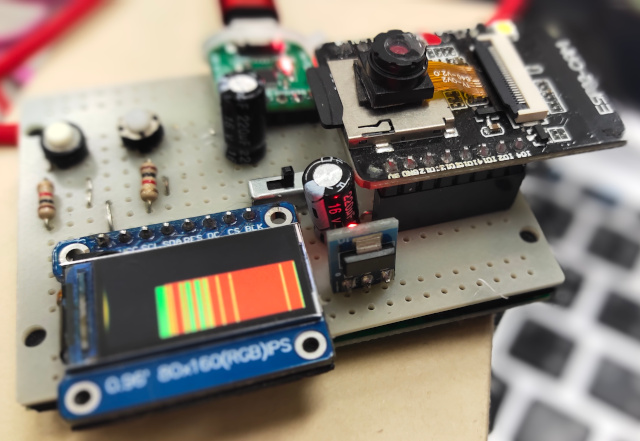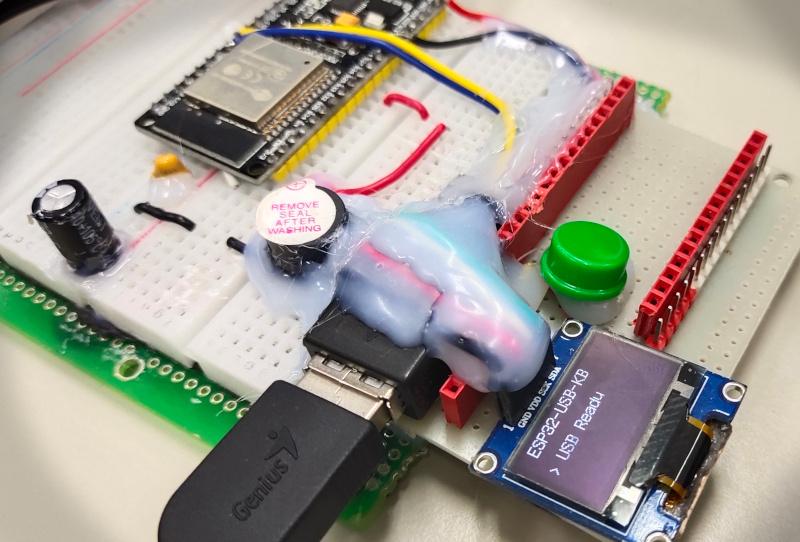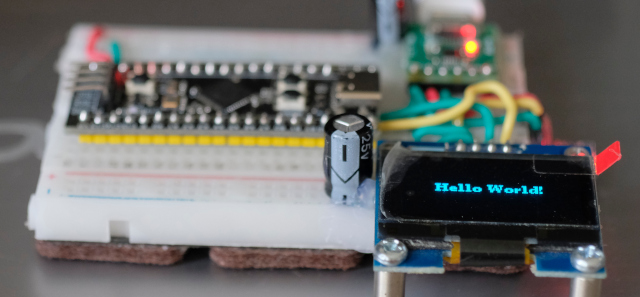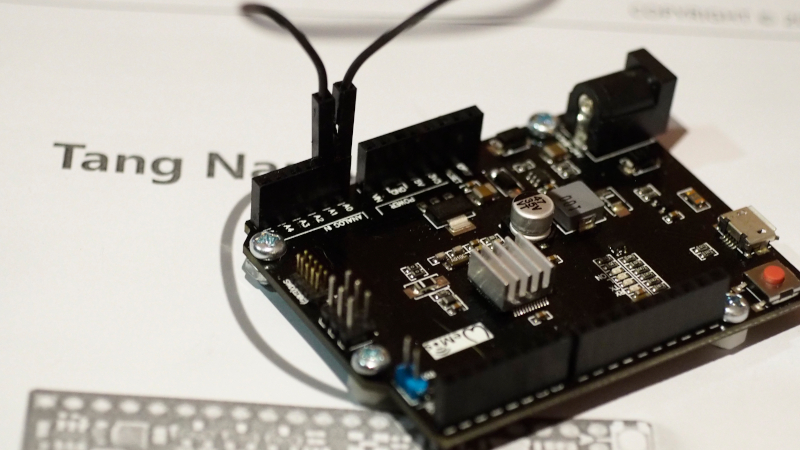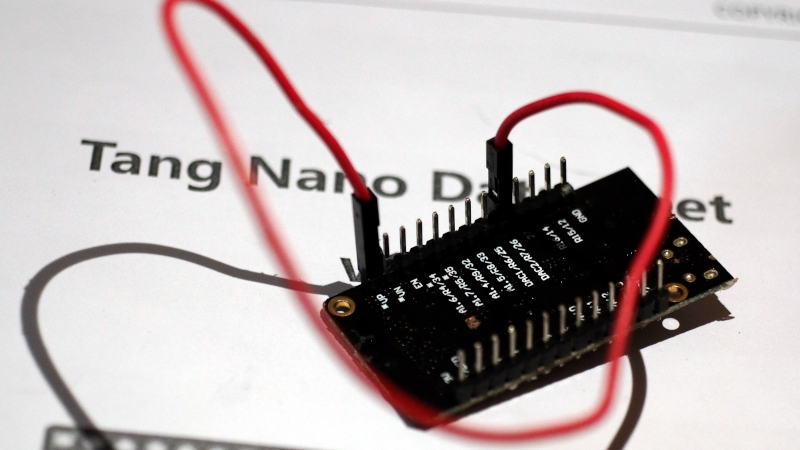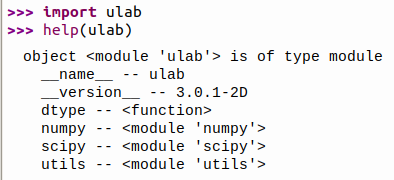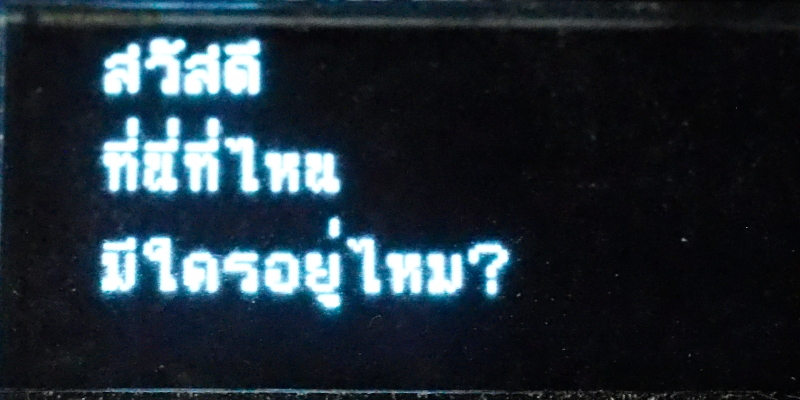[EN] Temperature and humidity indicator bar
This article is an example program for cases where you want to display the temperature and humidity bar as shown in Figure 1 with MicroPython and esp32 board with OLED. How to write? The equipment in this experiment used DHT22 as a humidity and temperature measurement device. The board is connected to the I2C bus to communicate with the OLED via pins GPIO4 and GPIO5 for SCL and SDA respectively. At the same time, the signal pin of DHT22 is connected to pin GPIO15 for communication between the sensor and the microcontroller.

